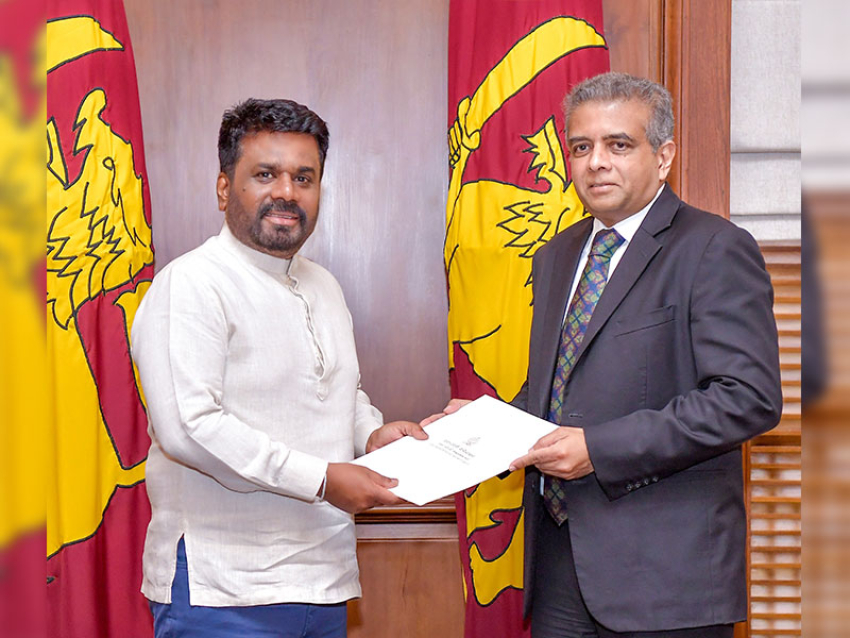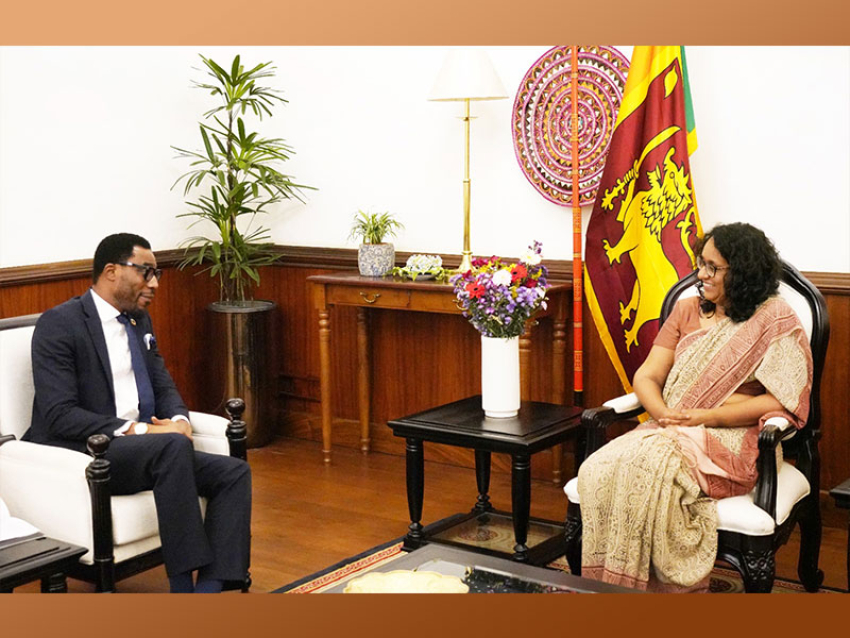This is mainly because of the rising importance of agrarian economy and sustainable livelihood development, access to quality drinking water, electricity generation, and mitigation of the impacts of floods and droughts, and biodiversity. Dam safety, reliability and efficiency of their operations have been identified as the key to achieve these goals.
To this end the Government initiated Dam Safety and Water Resources Planning Project (DSWRPP) in 2008 to improve the safety of a number of high risk dams and also to improve the capacity of water resources planning. The International Development Association (IDA) of World Bank supported this initiative by providing US$ 65 (approx. Rs. 7,183 million) for the implementation of Dam Safety and Water Resources Planning Project during the period of 2008 – 2013. Under the project, 32 selected high-risk large dams were rehabilitated and operational efficiency of 80 dams was improved. Based on the progress, the Government further decided to scale – up of project activities to include rehabilitation and modernization of dams in Northern and Eastern Provinces that were not included under the original project, and to finance some incomplete activities in the original project. Accordingly, the World Bank agreed to provide US$ 83 million (approx. Rs 10,790 million) for the project.
The Financing Agreement on the program was signed by Dr. P.B. Jayasundera, Secretary, Ministry of Finance and Planning on behalf of the Government of Sri Lanka, and Ms. Francoise Clottes, the World Bank Country Director for Sri Lanka and Maldives on behalf of the World Bank at the Ministry of Finance and Planning.



















